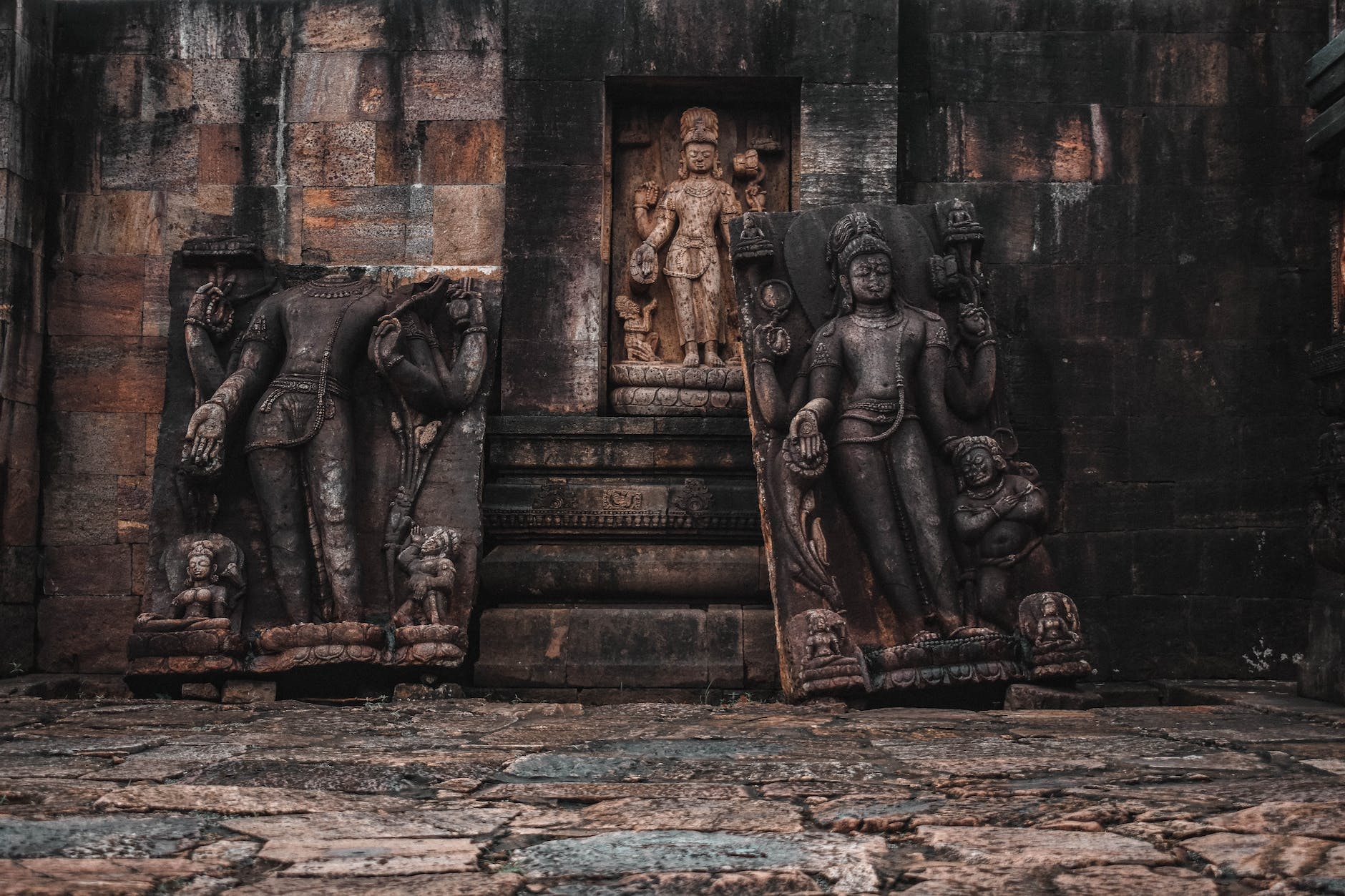The question of Saini’s caste identity has deep historical roots, intertwined with the rich tapestry of ancient Indian civilization. Understanding the origin of the Saini community requires delving into the annals of mythology, dynastic lineages, and the socio-political transformations that shaped the narrative.

Table of Contents
1. The Lineage of King Shursen:
The etymology of the word “Saini” finds its roots in the name of King Shursen, a ruler of ancient Mathura. King Shursen, the father of Vasudev and grandfather of Lord Krishna, is a pivotal figure in the Chandravamshi Kshatriya lineage. This lineage traces its origins to Chandra (Moon), the son of the revered saptrishi Atri.
2. Chandravamshi Kshatriya Clan:
Sainis are recognized as descendants of King Shursen within the broader Chandravamshi Kshatriya clan. This clan boasts illustrious figures like Vrishni, Yadu, and Puru, the latter being historically associated with Porus. The multifaceted identity of Krishna as Yadav, Varshneya, and Shurseno further reinforces the Chandravamshi connection.
3. Variability in Surnames:
In the Indian context, diverse surnames are employed by communities across regions. While some identify as Yadav or Varshneya, others embrace the designation of Saini. The term “Saini” is a distinctive identity within the broader Yadav family, and Sainis are recognized as direct descendants of King Shursen.
4. Saini and Mali Ambiguity:
The historical narrative encounters ambiguity when Sainis are linked with the Mali community, particularly in the context of Jodhpur. In 1937, the Mali community sought recognition as Saini Kshatriyas, leading to some historical references that indicate a shift in identity. This complexity has contributed to uncertainty regarding the origin of the Saini community.
5. Sanskritization and OBC Status:
During the 20th century, the wave of Sanskritization saw the Mali community adopting Saini surnames, especially after receiving recognition as Saini Kshatriyas. The Government of India conferred “Other Backward Class” (OBC) status upon Sainis in the 1990s based on the Mandal Commission Report. However, the status varies across states, with Sainis in Punjab not included in the OBC list.
6. Concluding Perspective:
In the absence of extensive recorded history and with a reliance on religious literature, the Saini community’s origin remains subject to interpretation. The pride in one’s blood lineage is a universal sentiment, and Sainis, like all humans, trace their roots back to the divine. It’s essential to navigate this historical landscape with an appreciation for the complexity and diversity that characterizes India’s socio-cultural fabric.